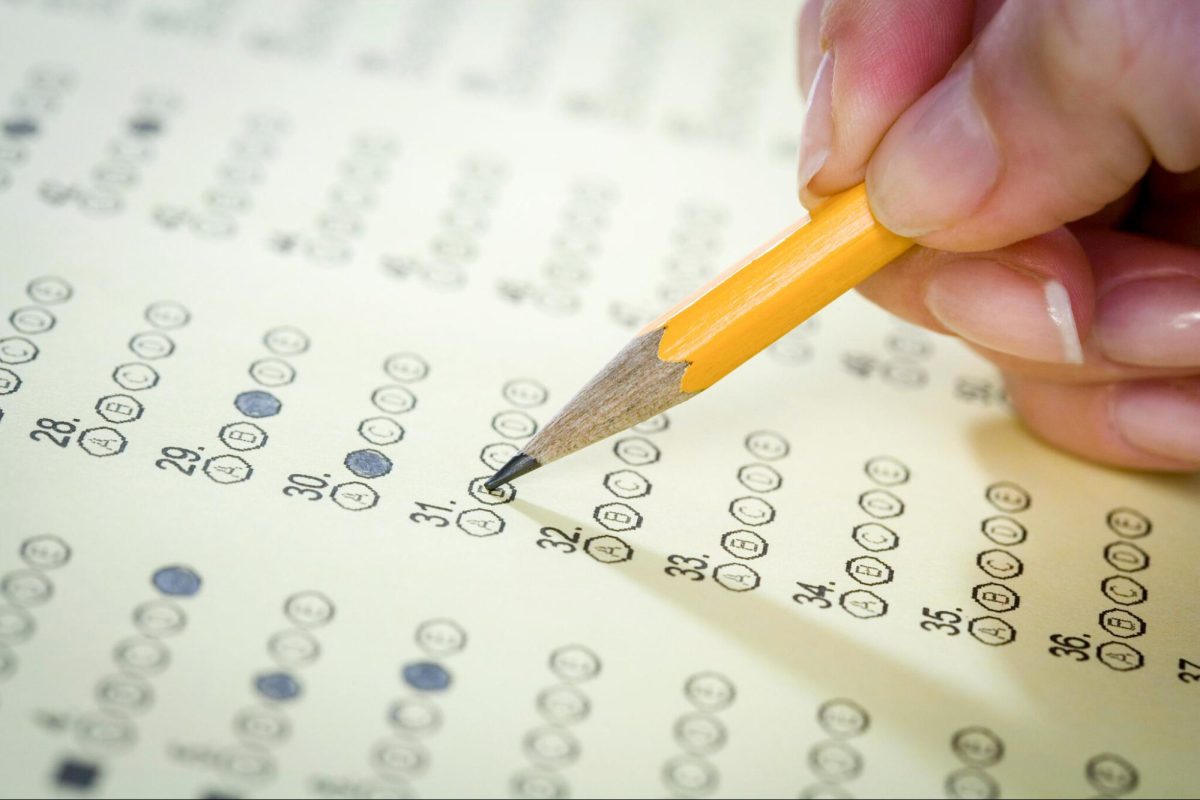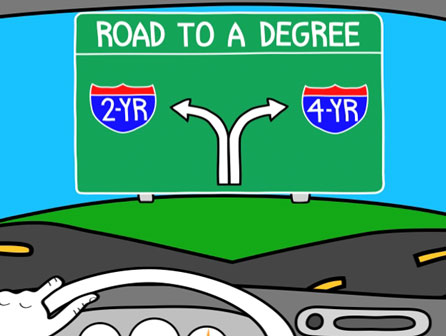The SAT, an acronym for the Scholastic Assessment Test, is a standardized college admissions test widely used in the United States. Administered by the College Board, it assesses a student’s readiness for college and provides colleges with important student data. The exam consists of multiple-choice questions and an optional essay, covering areas such as mathematics, reading, and writing. In 2024, nearly 2 million students took the SAT exam according to the college board website. While all UAG students are required to take the test, not many understand why or how important it is.
One of the significant advantages of taking the SAT is that it provides a measure of a student’s academic abilities, which can be particularly beneficial in the college admissions process. For students who do well in test-taking, a strong SAT score can significantly boost their applications, potentially offsetting lower GPAs. Additionally, a high score may open up scholarship opportunities, making higher education more accessible. The SAT is also nationally recognized, allowing students to compare their scores against a wide demographic of other test-takers, giving them a clearer understanding of where they stand academically. Those with accommodations on their Individualized Educational Plan or “IEP”, should also be aware that they may qualify for additional time when taking the exam.
However, The SAT in recent times has become very controversial with many calling for an end to its use for college admissions. While “one test for all” may seem fair, it exposes many inequities in our country. Families that speak English as their primary language have a leg up with the very high level vocabulary on the test, over those that speak other languages at home. Families with lower incomes are also at a disadvantage. The average in-person prep class for the SAT can cost between $800-$1800. This can be cost prohibitive. It allows wealthier students to do better on the exam and increase their college options.
Recently, many colleges have decided to drop the SAT as a requirement for entrance. This is because the test has been accused of putting students from underrepresented communities of color at a disadvantage for years. For now, it is the standard for most 4 year colleges, while 2 year community colleges do not require them.
In summary, the SAT exam is a pivotal component of college admissions that offers both opportunities and challenges for high school students. While it can enhance a student’s application and provide a measure of academic readiness, the inherent biases and pressures associated with the test should not be overlooked. As students consider their options, it’s vital to weigh these pros and cons carefully and think about how the SAT fits into their overall college application strategy. Balancing preparation for the SAT with a strong academic record and meaningful extracurricular activities can lead to a well-rounded application that appeals to colleges.


























